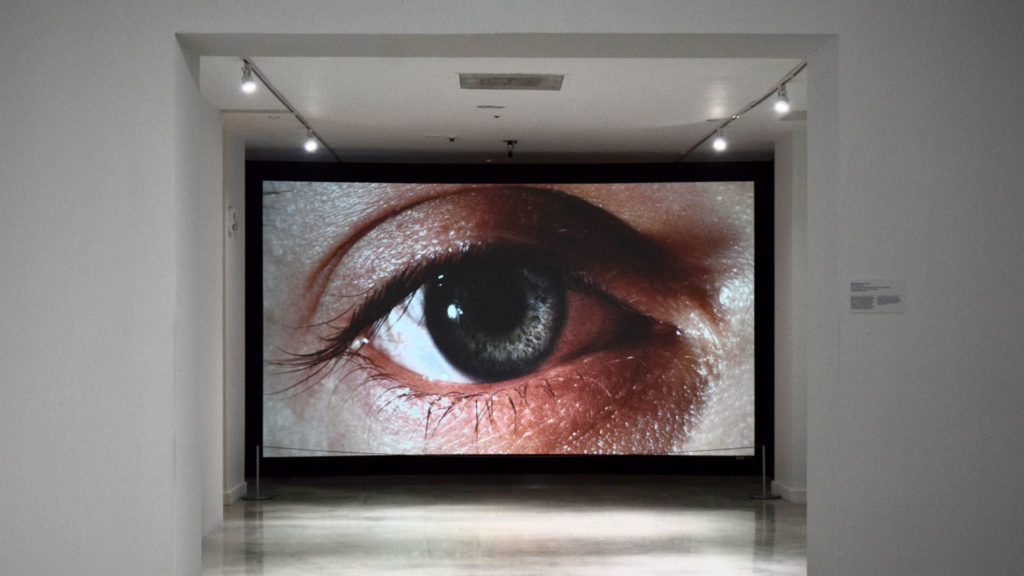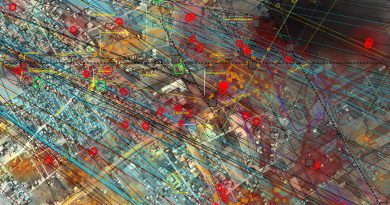The Body Electric Exhibit Showcases Our Evolving Relationship With Technology
Miami Dade College’s Freedom Tower, 600 Biscayne Blvd., is presenting The Body Electric exhibition through May 30.
The multidisciplinary showcase, which opened on Nov. 5, examines humans’ ever-changing relationship with technology.
It features 91 works by 59 artists and collectives who use the screen as a place to rethink the body and identity, with an emphasis on subjects of race, class, gender and sexuality. It also exemplifies how since the 1960s the interactions between us and our screens has become more challenging.
“This exhibition could not be more relevant,” said Rina Carvajal, MOAD’s executive director and chief curator. “Especially during the last year, we’ve all spent more time on screens, with devices and dependent on technology than ever before.”
The Body Electric was made possible by support from the Carl & Marilynn Thoma Art Foundation and was first displayed at the Walker Art Center in Minneapolis.
Some of the art showcased in the exhibit include Rafael Lozano-Hemmer’s Surface Tension, a work he originally made in 1992.
It features a giant video eye, controlled by motion sensors and software, that follows visitors wherever they move in the room. It makes you feel like you are under surveillance and embodies the idea that Big Brother is watching you.
Hito Steyerl’s video installation, How Not to Be Seen: A F*cking Didactic Educational is a .MOV File that is an absurdist take on technocratic intrusions into our lives. It uses a blend of fact and fiction, live action and animation, to make the artist a symbol for avoiding being visible under a state of surveillance.
Zach Blas’s Icosahedron is an artificially intelligent crystal ball that predicts the future.
Other featured artists include creatives that were active in the mid-1960s—Jaime Davidovich, Shigeko Kubota, Marta Minujín, Charlotte Moorman, Nam June Paik and Wolf Vostell—who used television as the subject and object of their work that included performance, sculpture and the moving image.
Also highlighted in the exhibit are work by Jes Fan, Josh Kline, Carolyn Lazard, Candice Lin & Patrick Staff and Marianna Simnett that examine the malleability of the body. They deal with themes of surgical intervention, care, and chemical and biological processes unnoticeable to the eye.
“I want students to come away with a sense of how and why artists are at the forefront of addressing many of the crucial matters that face us today,” Carvajal said. “The imaginative and creative thinking about real-life issues demonstrated by the artists in The Body Electric can serve as a model for innovative strategies in many fields.”
The Body Electric exhibit is free for students with an MDC ID. Click here to get your ticket.




